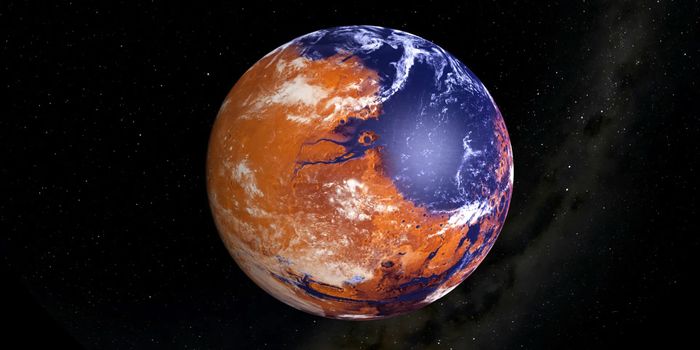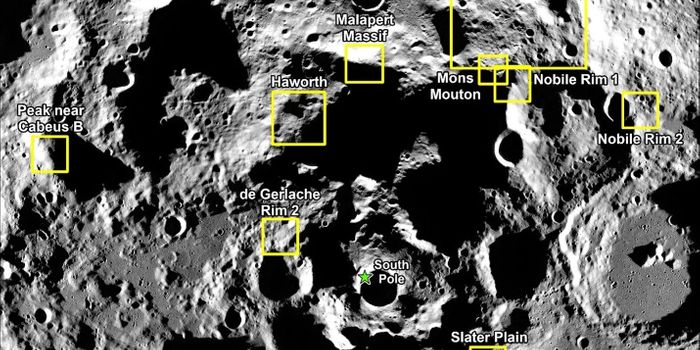Scientists Are Astonished by What OSIRIS-REx is Teaching Us About Bennu
After launching the Origins, Spectral Interpretation, Resource Identification, Security-Regolith Explorer (OSIRIS-REx) mission in September 2016, NASA set out to become the first space agency to visit a near-Earth object (NEO) and collect surface samples that would then be returned to Earth for scientific analysis. Two years later, OSIRIS-REx arrived at its destination – an asteroid called Bennu – and the spacecraft has been studying the curious world ever since.
Image Credit: NASA/Goddard/University of Arizona/Lockheed Martin
OSIRIS-REx has been particularly productive over the past several months. Not only is it providing planetary scientists with an unprecedented look at the space rock’s composition and surface features, but it recently got up close and personal with some of the mysterious particle plumes that appear to erupt from the asteroid’s surface, gathering information in the process.
“The discovery of plumes is one of the biggest surprises of my scientific career,” commented OSIRIS-REx mission principal investigator Dante Lauretta. “And the rugged terrain went against all of our predictions. Bennu is already surprising us, and our exciting journey there is just getting started.”
Related: Bennu appears to be both a moist and rocky world
OSIRIS-REx first recognized Bennu’s puzzling particle plumes in January as it was orbiting from just a mile away, but the mission hasn’t had a chance to explore them until now. One of the primary findings was that while some of those particles seemed to eject far enough away from Bennu that they weren’t pulled back in by the space rock’s gravity, some of those particles had actually fallen back to its surface.
Another acutely surprising finding made by the OSIRIS-REx spacecraft was that Bennu’s surface is comprised of a higher boulder density than initially thought. NASA wasn’t aware of Bennu’s high surface boulder density earlier because all previous observations were made from Earth. It wasn’t until OSIRIS-REx arrived at the asteroid that scientists learned otherwise.
“The first three months of OSIRIS-REx’s up-close investigation of Bennu have reminded us what discovery is all about — surprises, quick thinking, and flexibility,” added NASA’s Lori Glaze. “We study asteroids like Bennu to learn about the origin of the solar system. OSIRIS-REx’s sample will help us answer some of the biggest questions about where we come from.”
Related: OSIRIS-REx snaps its first picture of Bennu
The findings have implications for the mission because they will make collecting surface samples with the proposed Touch and Go (TAG) gathering method more challenging than initially anticipated. Instead, mission scientists are now devising an alternative approach, code-named Bullseye TAG, which will target a smaller sample site free of boulder-based hazards.
Fortunately, OSIRIS-REx project manager Rich Burns seems confident that the mission will overcome these hurdles:
“Throughout OSIRIS-REx’s operations near Bennu, our spacecraft and operations team have demonstrated that we can achieve system performance that beats design requirements,” he said. “Bennu has issued us a challenge to deal with its rugged terrain, and we are confident that OSIRIS-REx is up to the task.”
OSIRIS-REx isn’t expected to return surface samples to Earth until 2023, and with that in mind, mission scientists still have plenty of time left to discern the best plan of attack. Until then, OSIRIS-REx will continue studying the asteroid’s surface with the hope of learning something new about it.
Source: NASA









